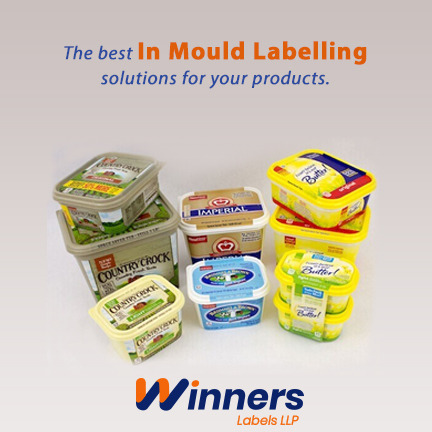In-mould labelling is a typical process in which the respective manufacturers place a pre-printed polypropylene label in the mould of packaging during the process of In-Mould Label manufacturers. Hence as the mould gives shape to the end product as well as performs the labelling.
After the curing time, packaging & labelling becomes a single piece. There are three key methods of the in-mould label printing process and these include injection moulding along with blow moulding & thermoforming. Read it on & learn more about the process.
Injection moulding is the most common form & most accepted form of moulding the thermoplastics or thermosetting polymers. During the process, the manufacturer injects heated along with liquefied plastics or respective polymers in the mould.
The mould generally has a very small hole or opening through which the injection takes places. After the injection is carried out the mould is allowed to cool and here plastic takes its shape. This is the way a lot of plastic containers are made.
It is to be noted that butter or ice-cream tubs are a common example of products that make use of injection moulding as well as in-mould labelling as both are a proven technology. For instance, Amul lite butter tubs & a lot of skin cream packaging is manufactured using this proven technology.
Thermoforming is a bit different than that of a former couple of process as in this case; the plastic is not completely melted. The respective manufacturers use the heated plastic sheet for the process. They are using a particular forming tool that allows plastic sheets in the form of containers. Here in the forming process, the pre-printed label accompanies the plastic sheets that are generally stamped on a mould.
Here in this article we have discussed exclusively In-Mould Label manufacturers and selecting the right in-mould labels for product packaging. Keep posted for more blogs.
